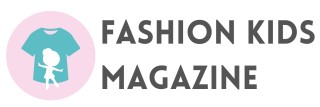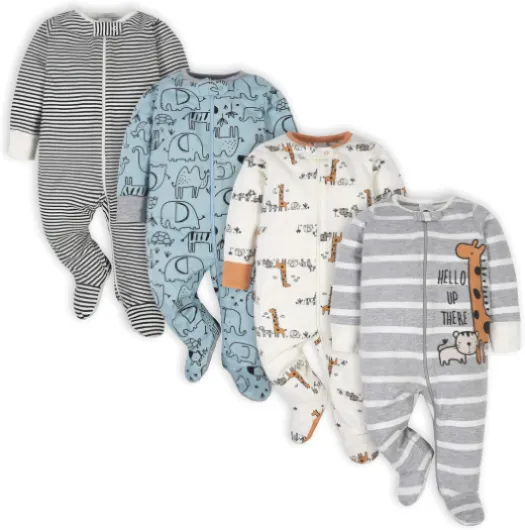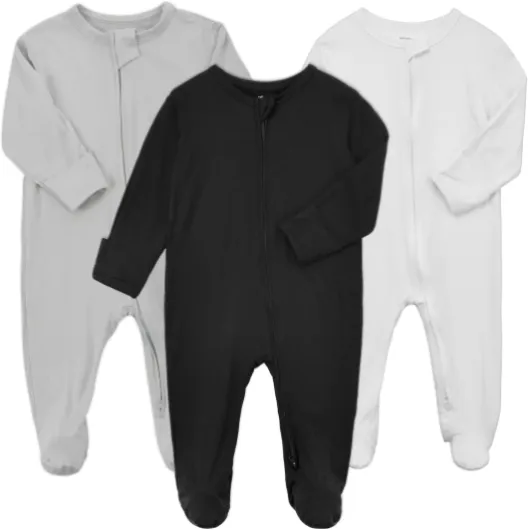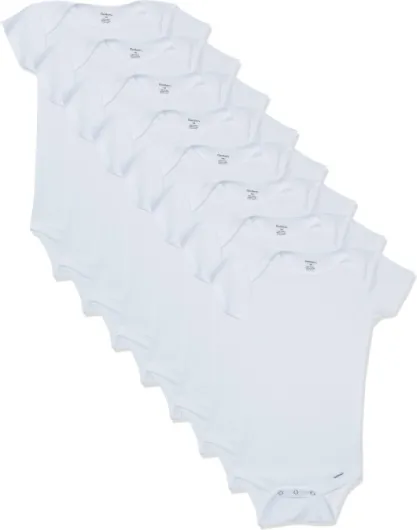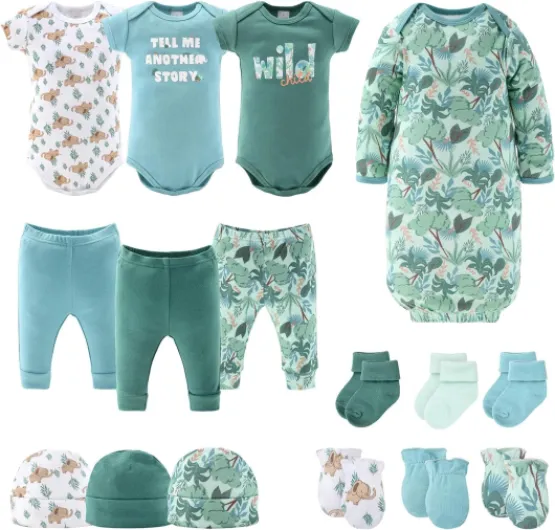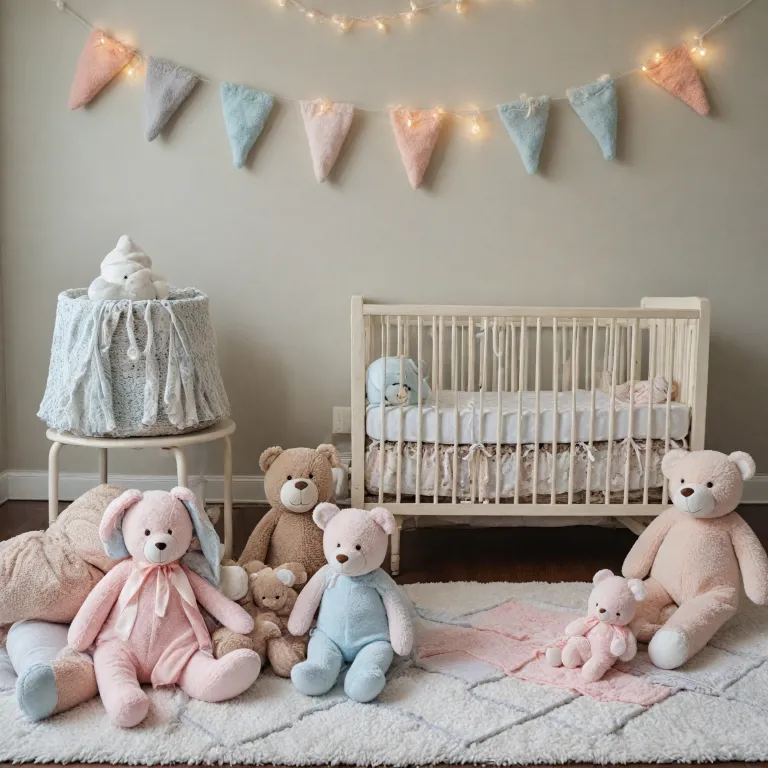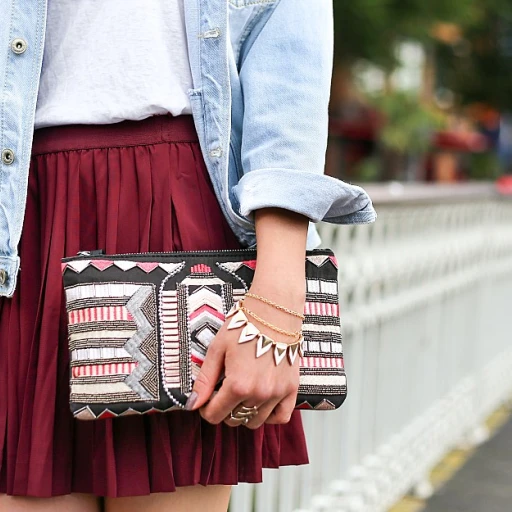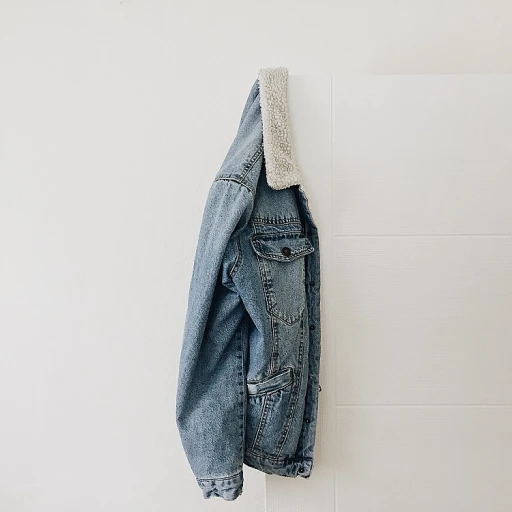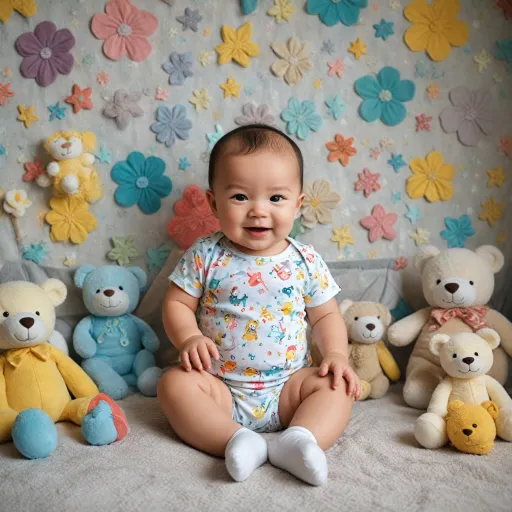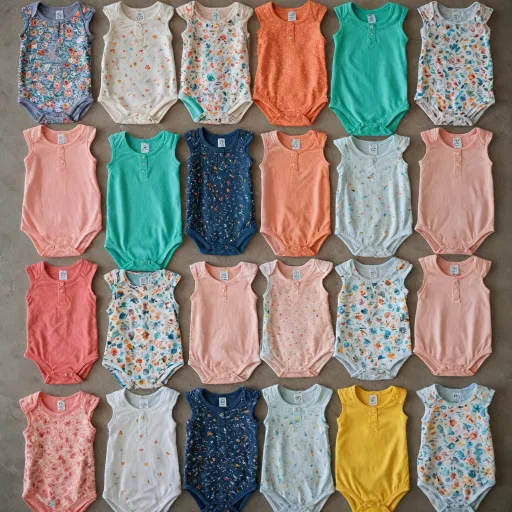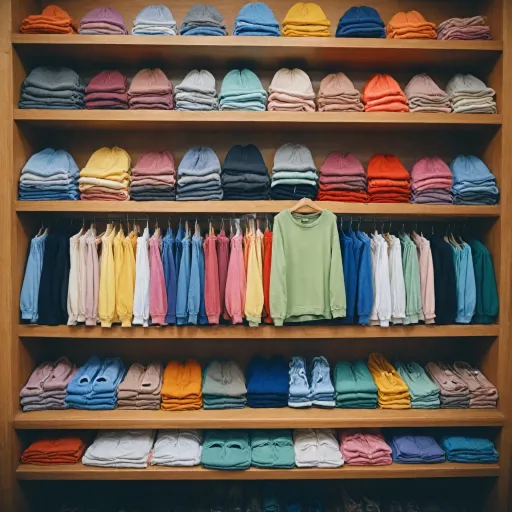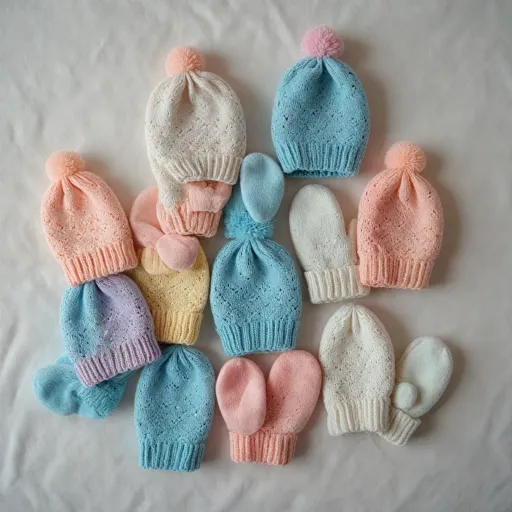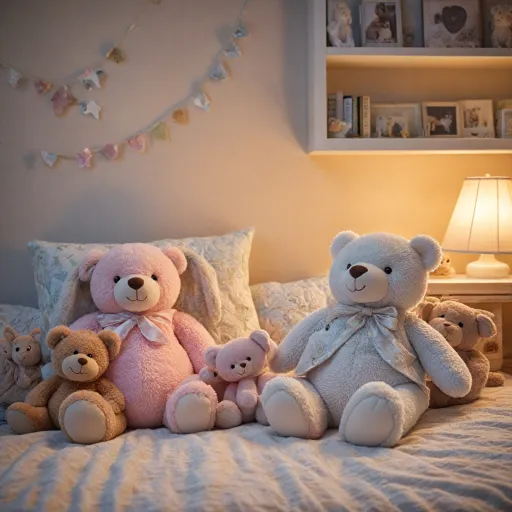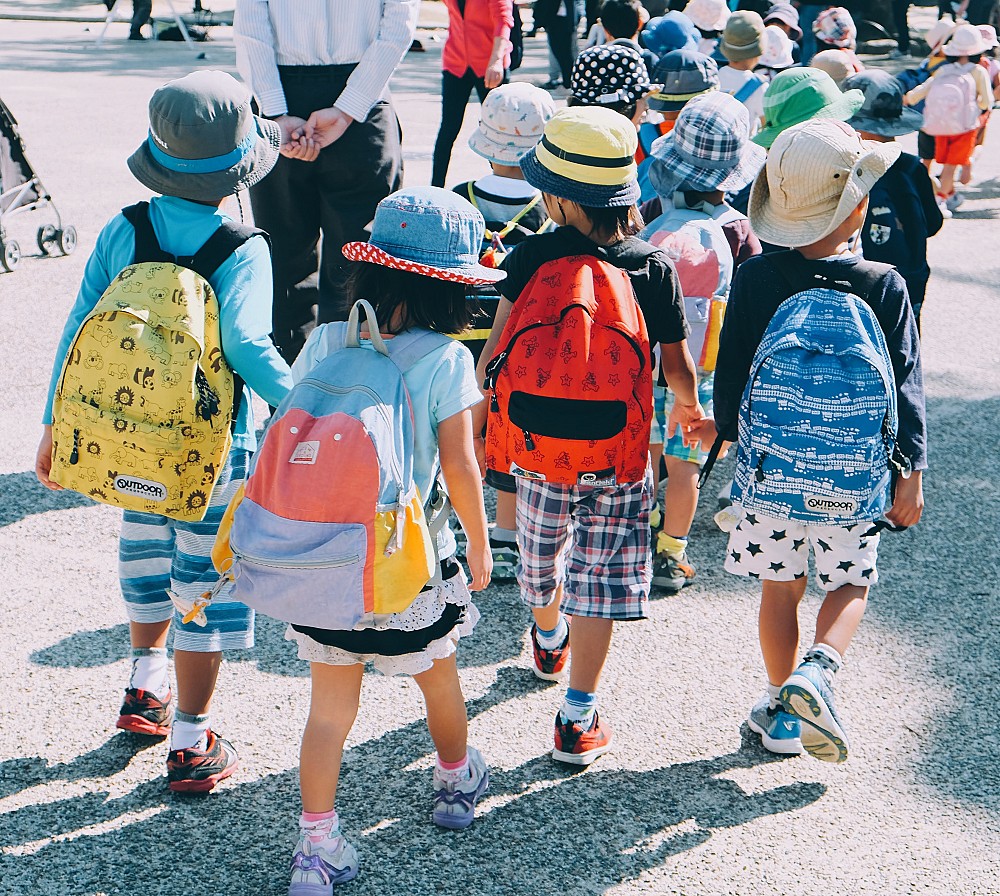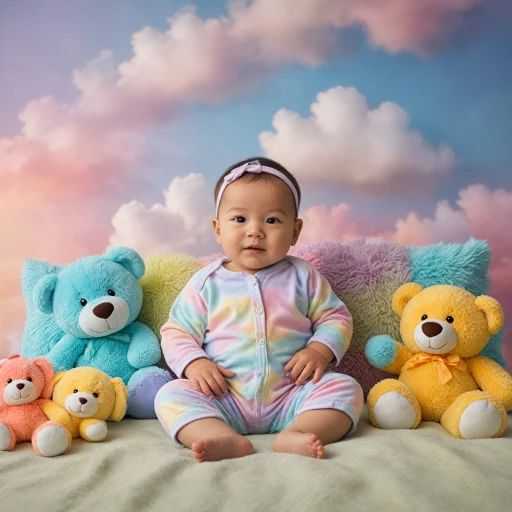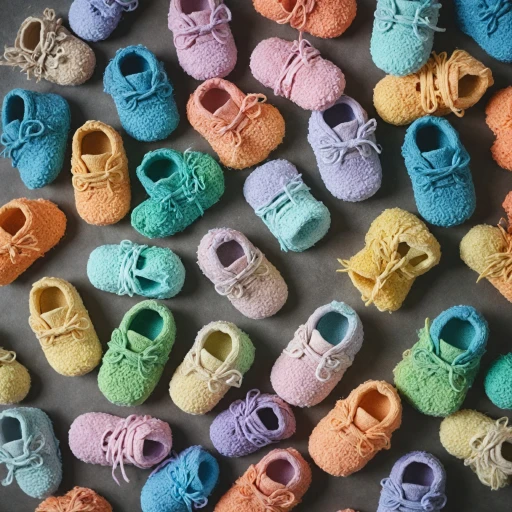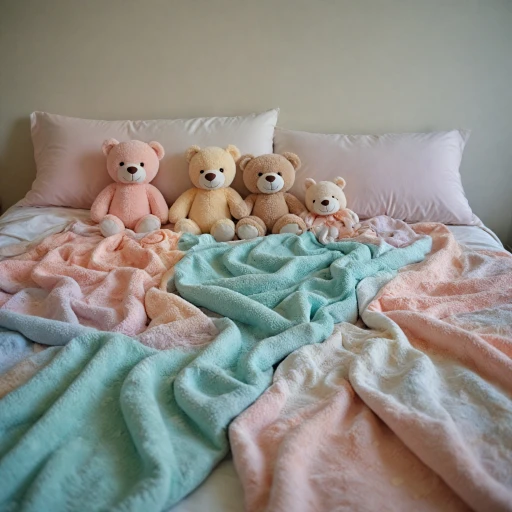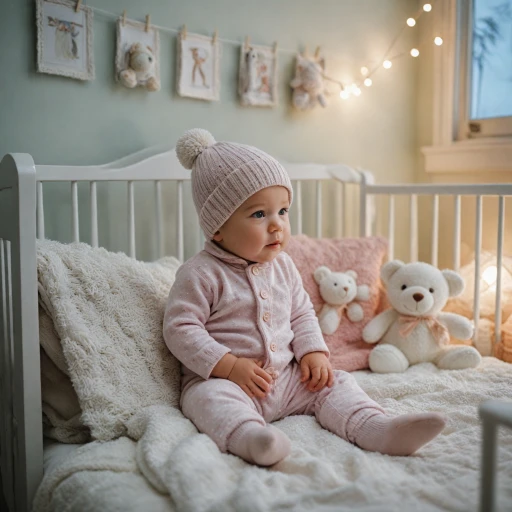
Understanding Newborn Clothing Needs
The Initial Steps in Dressing Your Newborn
Understanding the clothing needs of your newborn is the first step any parent must take. A newborn baby's wardrobe is more than just adorable outfits; it is about ensuring comfort, practicality, and meeting the baby's daily needs. When it comes to baby clothes, sizing is paramount. Babies grow rapidly in those initial months, which means that their clothing size will change frequently. Newborn size clothes are specifically designed to fit babies for the first month or so after birth. As you prepare to buy outfits for the newborn, it's a good idea to focus on the essential clothing items. This includes:- Onesies: Both long-sleeve and short-sleeve varieties are vital. They're versatile, easy to layer, and comfortable for different temperatures.
- Sleep sacks: These are perfect for keeping the baby warm during naps without the risk of loose blankets.
- Newborn clothes: Consider both practical and cute outfits. While it's easy to get swept up in fashion, remember that functionality should be at the forefront for daily wear.
The Essentials: Must-Have Newborn Outfits
Building a Versatile Baby Wardrobe
Creating a wardrobe for a newborn involves making decisions that will merge convenience, comfort, and cuteness. When buying baby clothes, the goal is to ensure your newborn has the right clothing to cover their daily needs without overwhelming your space. Given that newborns can go through multiple outfits in a day due to spit-ups and diaper changes, it's wise to have a variety of options on hand. Some of the foundational clothing items you'll need include:- Onesies: These all-in-one solutions are perfect for layering or wearing on their own. Aim to have around seven to ten onesies, which will allow you to cycle through a few changes each day.
- Long Sleeve and Short Sleeve Bodysuits: The type you buy largely depends on the season when your baby is born. Around five to seven of each, adjusted for season, is a good starting point.
- Sleep Sacks: These are essential for those nighttime diaper changes. They keep the baby warm while making it easy to change them without waking them up too much.
- Pants and Leggings: While complete outfits are adorable, a couple of pants or leggings can help keep your newborn cozy and provide extra warmth.
- Hats and Booties: Keeping your newborn's head and feet warm is crucial, especially in colder weather. Two to three hats and several pairs of booties or socks should suffice.
Factors Influencing the Number of Outfits
Important Considerations for Baby Outfits
When preparing for a newborn baby, one of the most common dilemmas new parents face is figuring out how many outfits the baby will actually need. While there is no one-size-fits-all answer, several factors can influence the number of clothing items for your baby's wardrobe.
Growth and Size Variability
Newborns grow at an astonishing rate, often outgrowing clothes within weeks. It's critical to consider the newborn sizing and how swiftly each baby can increase in size. Buying too much of one size could result in unused outfits, while having too little can lead to frequent laundry days.
Practical Day-to-Day Needs
Newborns tend to go through several changes of clothes per day. Between feeding mishaps and diaper leaks, having a good number of both short sleeve and long sleeve onesies is essential to keep your newborn comfortable. Think about including several sleep sacks for nighttime comfort too.
Environmental and Lifestyle Factors
The climate and the baby’s activities will also play significant roles. Babies born in colder months might require warmer outfits compared to those born in warmer seasons. Additionally, your lifestyle, such as how often you plan to do laundry, will affect how many baby outfits you might need.
Budget and Sustainability
Staying budget-conscious doesn't mean you have to sacrifice style. Opt for clothing options that offer good versatility and longevity. Look for sustainable materials that will endure numerous washes without losing their fit or vibrancy. Exploring second-hand or pre-loved baby clothes can be a good idea, offering quality items at a fraction of the cost.
Balancing Style and Practicality
Find the Right Balance Between Style and Usefulness
When choosing outfits for your newborn, balancing style with practicality is key. You might want to stock your baby wardrobe with adorable mini versions of adult fashions, but function and comfort should not be overshadowed by trendy looks. Let's dive into the balancing act of picking the right clothes for your little phase.- Comfort Over Trends: Simple, soft, and flexible clothing items like onesies and sleep sacks are ideal for newborn baby wear. These should be available in both short and long sleeve options, catering to various weather conditions. While it may be tempting to dress your baby in mini-fashionista outfits, always prioritize comfort over current trends.
- Ensure the Right Fit: Newborn babies grow quickly, often moving from newborn size to the next stage within months. It's a good idea to choose clothes that fit comfortably and are easy to put on and take off. Adapting to size changes is also crucial, so invest in a range of sizes that will last a few months at a time.
- Mix and Match: Opt for baby clothes that can be easily mixed and matched. This not only saves time in deciding what outfits your baby will wear day by day but also maximizes the use of the clothing items bought.
- Pick Practical Fabrics: When you buy clothes, consider how they'll withstand frequent washing and wear. Since newborns require many outfit changes each day, durable fabric choices are essential.
Sustainable and Budget-Friendly Options
Eco-Friendly Choices and Financial Benefits
When it comes to expanding your baby's wardrobe, sustainable and budget-friendly options are both smart and sensible. Babies grow rapidly, so it can be a good idea to choose clothing items that offer longevity both in terms of size and quality.- Opt for Natural Fabrics: Clothing made from organic cotton or bamboo are environmentally friendly and gentle on a newborn's sensitive skin. These options might cost more initially, but their durability and comfort make them a worthwhile investment.
- Second-Hand Treasures: Many parents find great value in second-hand stores or online marketplaces. With so many babies outgrowing their clothes rapidly, these items are often like new and significantly less expensive.
- Convertible Clothing: Consider clothing that can adapt to your baby’s changing size and needs over the months. Items like sleep sacks and adjustable onesies are good ideas that ensure a fit for a longer period of time.
- Capsule Wardrobe Concept: A capsule wardrobe focusing on essential pieces, such as onesies, long sleeve and short sleeve outfits, can make dressing a newborn both stylish and practical. This minimizes excess and keeps your budget in check.
Tips for Organizing and Storing Newborn Clothes
Smart Storage Solutions for Tiny Wardrobes
Organizing and storing your newborn's wardrobe efficiently not only helps you access necessary clothing with ease but also keeps your baby's clothes in good condition. As your baby's growth will bring changes in sizes quickly, having a strategic approach can save you time and stress.- Utilize Drawer Organizers: Separate onesies, sleep sacks, and long sleeve or short sleeve tops with drawer organizers for quick access. This way, you won't have to dig through piles to find the right outfit for the day.
- Label Storage Bins by Size: Investing in clear storage bins labeled by size and stage (newborn, 0-3 months, etc.) can make it easy to store clothing that doesn’t currently fit but will soon. Rotate these bins as needed.
- Consider a Closet Dividing System: If you have a baby closet, using hangers and dividers can help categorize clothing items by size and type. This method is particularly helpful if your baby wardrobe is extensive.
- Include Shelves for Accessories: Allocate a small shelf area for baby accessories like hats and socks. These items are easy to overlook if mixed with outfits but essential for completing looks and keeping your newborn cozy.
- Rotate Seasonal Clothing: Depending on the time of year, make sure to have accessible both warmer and cooler clothing options. Babies can go through multiple clothing changes in a single day, and these options ensure they are always comfortable.
- Stay Updated With Clothing Will Need: Keep a checklist of necessary baby clothes for the upcoming months and note when to buy newborn clothes in larger sizes as your baby grows.
